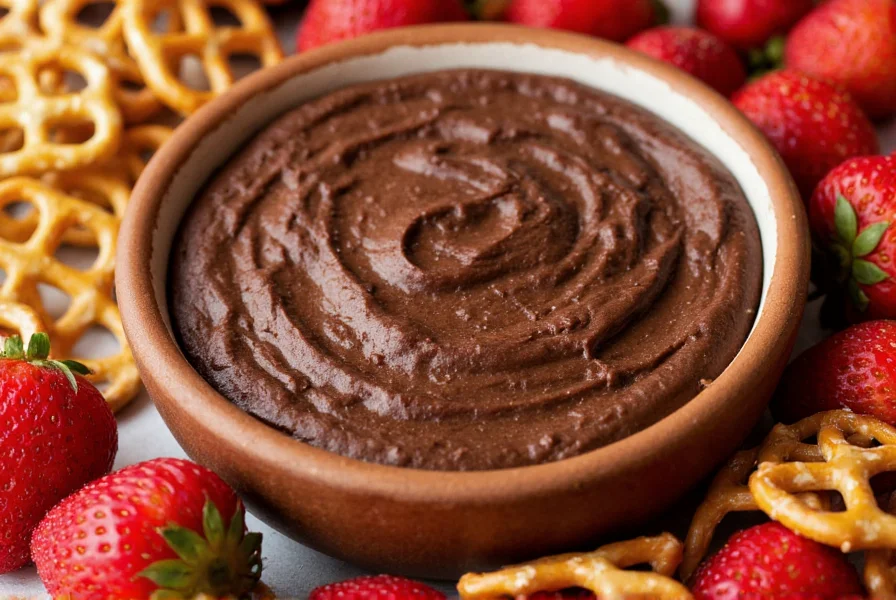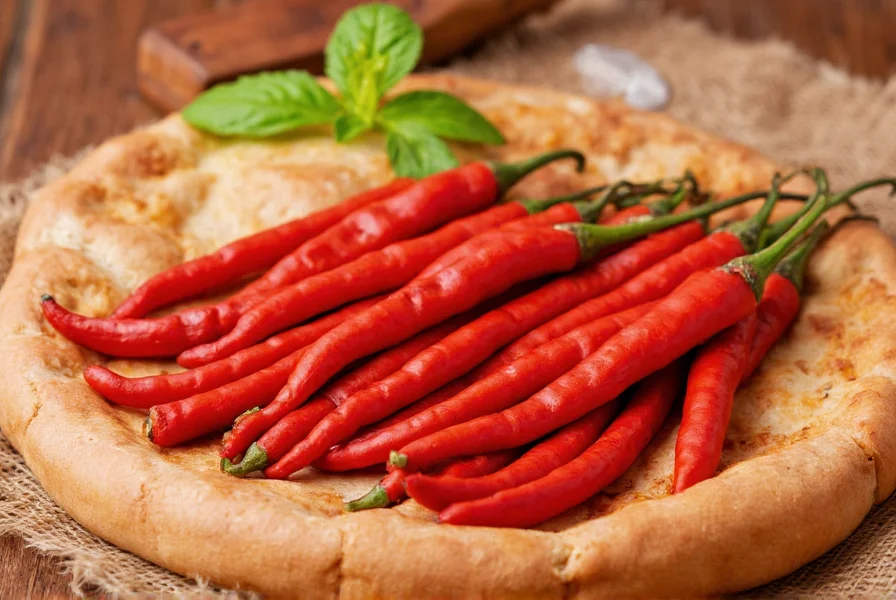Discover how to harness cayenne pepper's distinctive kick in everyday cooking. Unlike generic spice guides, this resource provides exact measurements for controlled heat, professional techniques for balancing flavors, and unexpected applications beyond savory dishes. Whether you're a beginner with spice tolerance concerns or an experienced cook seeking new dimensions, these practical recipes solve real kitchen challenges.
The Science of Cayenne Pepper in Cooking
Cayenne pepper (Capsicum annuum) delivers 30,000-50,000 Scoville Heat Units (SHU), significantly hotter than paprika (500-1,000 SHU) but milder than habaneros (100,000-350,000 SHU). Its heat compound, capsaicin, dissolves in fat and alcohol but not water—critical knowledge when adjusting spiciness. Professional chefs recommend blooming cayenne in oil for 30 seconds to mellow its raw bite while preserving flavor complexity.
| Spice Comparison | Scoville Units | Flavor Profile | Cayenne Substitute Ratio |
|---|---|---|---|
| Cayenne Pepper | 30,000-50,000 | Sharp, earthy, immediate heat | 1:1 |
| Crushed Red Pepper | 15,000-25,000 | Less consistent heat, seed-influenced | 1.5:1 |
| Chipotle Powder | 2,500-8,000 | Smoky, lower heat | 3:1 |
| Paprika | 500-1,000 | Sweet, no significant heat | 8:1 + ⅛ tsp cayenne |
Precision Measurement Guide
Master cayenne pepper food recipes with these chef-recommended measurements. A standard pinch equals ⅛ teaspoon—enough to flavor four servings without overwhelming. For sensitive palates, start with ⅛ teaspoon per dish and add in ⅛-teaspoon increments after 10 minutes of cooking. Remember: heat perception increases over time as capsaicin binds to receptors. Always measure cayenne separately from other spices to prevent accidental over-spicing.
5 Chef-Tested Cayenne Pepper Food Recipes
1. Cayenne-Infused Morning Scramble (Breakfast)
This balanced breakfast dish demonstrates how cayenne pepper enhances rather than dominates. Whisk 3 eggs with 1 teaspoon milk, ⅛ teaspoon cayenne, and ¼ teaspoon garlic powder. Cook slowly over medium-low heat, stirring constantly. The low heat prevents capsaicin from becoming volatile while allowing flavors to meld. Finish with 1 tablespoon crème fraîche to neutralize excess heat. Serves 1.
2. Honey-Cayenne Glazed Salmon (Main Course)
Combine 2 tablespoons honey, 1 tablespoon soy sauce, 1 teaspoon grated ginger, and ¼ teaspoon cayenne in a saucepan. Simmer until thickened (3 minutes). Brush onto salmon fillets during the last 5 minutes of baking at 400°F (200°C). The honey's fructose counteracts capsaicin's burn while the fat in salmon carries the spice evenly. Rest 5 minutes before serving to allow heat distribution. Serves 2.

3. Smoky Cayenne Black Bean Soup (Comfort Food)
Sauté 1 diced onion and 2 minced garlic cloves in 1 tablespoon olive oil until translucent. Add 2 cans black beans (undrained), 1 cup vegetable broth, 1 teaspoon cumin, and ¼ teaspoon cayenne. Simmer 20 minutes. Blend half the soup for creaminess, then return to pot. The extended cooking time mellows cayenne's sharpness while developing deeper flavor notes. Top with avocado slices to cool the palate. Serves 4.
4. Cayenne Chocolate Truffle Dip (Unexpected Application)
Melt 4 ounces dark chocolate (70% cocoa) with 2 tablespoons heavy cream. Remove from heat and whisk in ⅛ teaspoon cayenne and pinch of sea salt. The capsaicin in cayenne pepper food recipes actually enhances chocolate's perceived sweetness through trigeminal nerve stimulation. Chill 1 hour before serving with strawberries or pretzels. Makes 1 cup dip.

5. Cayenne-Lime Dressing (Versatile Condiment)
Whisk 3 tablespoons olive oil, 1 tablespoon fresh lime juice, 1 teaspoon honey, ¼ teaspoon cayenne, and 1 minced garlic clove. The acid in lime juice temporarily masks heat perception, creating a balanced dressing that intensifies as it sits. Perfect for roasted vegetables or grain bowls. Store in refrigerator up to 1 week—flavor complexity improves with time. Makes ¼ cup.
Avoiding Common Cayenne Cooking Mistakes
Many home cooks make critical errors with cayenne pepper food recipes. Never add cayenne directly to dry spice mixes—its fine texture causes uneven distribution. Instead, blend with 1 tablespoon of your recipe's liquid base first. Avoid high-heat frying which releases volatile capsaicin compounds that can cause coughing. When adjusting heat levels, remember dairy and fats neutralize spice better than bread or water. If over-spiced, add acid (lemon juice or vinegar) before sweeteners—the pH change alters capsaicin's solubility.
Storage Techniques for Maximum Freshness
Cayenne pepper loses potency rapidly when exposed to light and air. Store in an airtight container away from heat sources—never above your stove. For extended freshness (up to 2 years), freeze in a vacuum-sealed bag. Test potency by rubbing a pinch between moistened fingers; strong tingling indicates viable spice. Replace when heat sensation diminishes significantly.











 浙公网安备
33010002000092号
浙公网安备
33010002000092号 浙B2-20120091-4
浙B2-20120091-4